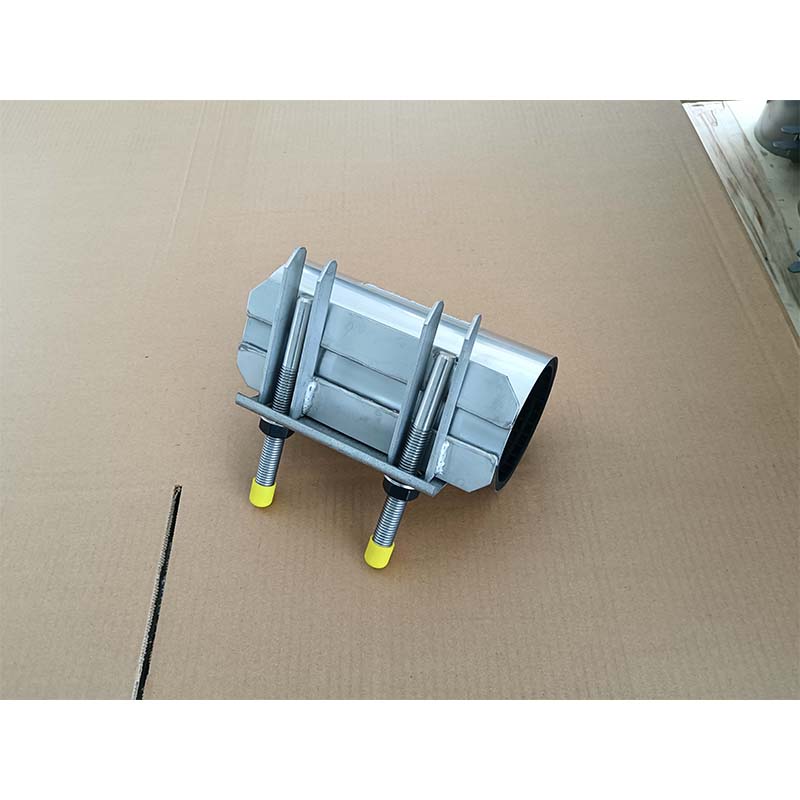Exploring the Role and Importance of Sewer Grates in Urban Infrastructure and Drainage Systems
The Importance of Sewer Grating in Urban Infrastructure
Sewer grating, often overlooked by the average citizen, plays a critical role in urban infrastructure systems. These seemingly mundane structures are essential for managing stormwater and maintaining the overall health of city environments. A closer examination of sewer grating reveals its significance, design considerations, and the challenges faced in this often-neglected aspect of urban planning.
What is Sewer Grating?
At its core, sewer grating refers to the covers found over drainage systems, such as storm drains or sewer inlets. These grates are designed to allow water to flow into the drainage system while preventing debris and larger objects from entering, which could potentially block the flow of water and lead to flooding. Typically made from materials such as cast iron, steel, or composite materials, sewer grating must withstand various weather conditions and heavy loads from vehicular traffic.
The Role of Sewer Grating in Urban Drainage
One of the primary functions of sewer grating is to facilitate the efficient movement of stormwater. During heavy rains, cities can experience rapid increases in water volume that can overwhelm drainage systems. Well-designed grating ensures that excess water is quickly channeled away from streets, sidewalks, and public spaces, thus preventing flooding and associated damage to urban infrastructure. This is particularly important in densely populated areas where impermeable surfaces like concrete can exacerbate runoff issues.
Moreover, effective sewer grating is crucial for public health
. Standing water can become a breeding ground for mosquitoes and other pests, leading to potential outbreaks of disease. By ensuring that stormwater drains effectively, cities can mitigate these health risks, providing a safer environment for residents.Design Considerations
sewer grating

The design of sewer grating is not merely a functional one; it encapsulates an array of considerations, including safety, aesthetics, and maintenance. For instance, the spacing of bars or slots in the grating must be designed to prevent wheels of vehicles from getting stuck while still allowing water to flow freely. The materials used must be durable enough to resist corrosion, especially in urban areas where chemical runoff is common. Additionally, aesthetic elements can be incorporated into grating designs, allowing them to blend into the urban landscape rather than detracting from it.
Despite these considerations, many cities face challenges in maintaining their sewer grating systems. Aging infrastructure, budget constraints, and the growing impact of climate change can affect the performance of drainage systems. Increasing rainfall intensity due to climate change has heightened the need for effective stormwater management solutions, making the role of sewer grating even more critical.
Renewing Urban Infrastructure
In response to these challenges, urban planners and engineers are exploring innovative solutions. Some cities are experimenting with permeable pavement and green infrastructure approaches to complement traditional drainage systems. This includes the use of vegetated swales and rain gardens, which can work alongside sewer grating to absorb and filter runoff before it enters the drainage system.
Additionally, regular maintenance and inspection are essential to ensure the effectiveness of sewer grating. Clogged grates can lead to serious flooding and infrastructure damage, making routine checks a necessary part of city management. Community involvement in keeping streets clean can also play a vital role in preventing debris from blocking grates and storm drains.
Conclusion
Sewer grating may be an unassuming aspect of urban design, yet its importance cannot be overstated. It is a vital component of effective stormwater management, public health, and urban resilience. As cities continue to grow and face environmental challenges, the need for well-designed and maintained sewer grating becomes increasingly paramount. By acknowledging its significance and investing in its upkeep, urban planners can help create safer, more sustainable cities for future generations.
-
Square Sewer Cover Enhances Urban SafetyNewsAug.01,2025
-
Pipe Fitting Requires Precise AlignmentNewsAug.01,2025
-
Manhole Step Is DurableNewsAug.01,2025
-
Manhole Cover Is Found WorldwideNewsAug.01,2025
-
Hole Cover Frame On RoadsNewsAug.01,2025
-
Gully Grate Improves Road SafetyNewsAug.01,2025
-
Man Hole Cover Round Load CapacityNewsJul.31,2025
